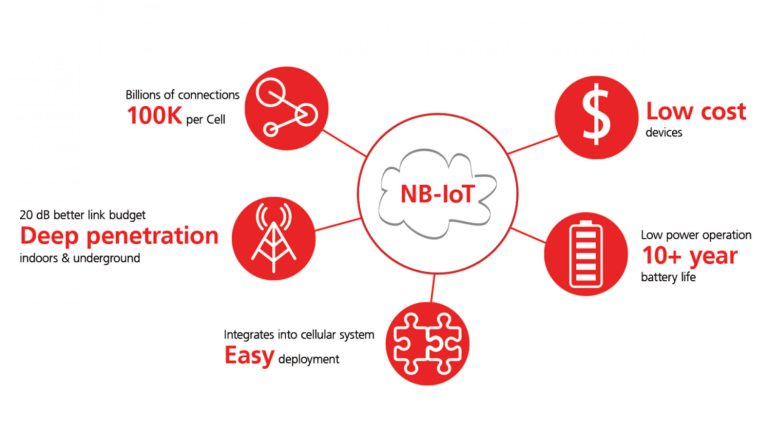5G Technology: Benefits and Challenges You Should Know
The advent of 5G technology marks a significant milestone in the evolution of wireless communication. With its promise of ultra-fast speeds, low latency, and high reliability, 5G is set to revolutionize various industries, from healthcare to smart cities. However, alongside its numerous benefits, 5G also presents several challenges that need to be addressed. In this article, we will explore the key advantages and obstacles associated with 5G technology.
Benefits of 5G Technology
1. Faster Internet Speeds
One of the most anticipated benefits of 5G is its ability to provide lightning-fast internet speeds. Compared to 4G LTE, which offers average speeds of around 100 Mbps, 5G is expected to reach up to 10 Gbps. This enhancement allows users to download large files, stream high-definition content, and enjoy seamless online experiences without buffering.
2. Lower Latency
Latency refers to the time it takes for data to travel from one point to another. 5G significantly reduces latency to as low as 1 millisecond, compared to the 30-50 milliseconds of 4G. This improvement is crucial for applications such as online gaming, autonomous vehicles, and remote surgeries, where even a slight delay can have significant consequences.
3. Increased Device Connectivity
With the growing number of connected devices, the demand for reliable network connections has increased. 5G technology can support up to 1 million devices per square kilometer, ensuring smooth connectivity for smart homes, IoT (Internet of Things) devices, and industrial automation systems.
4. Enhanced Reliability and Stability
5G networks are designed to provide more stable and reliable connections, reducing the chances of dropped calls or network failures. This reliability is particularly important for mission-critical applications, such as emergency response services and industrial automation, where constant connectivity is essential.
5. Improved Energy Efficiency
5G networks are built with energy efficiency in mind. They utilize advanced network slicing and beamforming technologies to optimize power consumption. This results in longer battery life for devices and reduced operational costs for network providers.
Challenges of 5G Technology
1. High Infrastructure Costs
The deployment of 5G requires a significant investment in infrastructure, including the installation of new base stations, fiber-optic networks, and small cells. These costs pose a challenge for telecom companies and governments, especially in developing regions where resources are limited.
2. Limited Coverage and Availability
Since 5G operates on higher frequency bands, its coverage area is smaller compared to 4G. This means that more cell towers and base stations are required to ensure widespread coverage. In rural and remote areas, deploying 5G can be challenging due to geographical constraints and lower population density.
3. Security and Privacy Concerns
As 5G networks handle vast amounts of data, they become potential targets for cyberattacks. Concerns regarding data privacy, unauthorized access, and network vulnerabilities must be addressed to ensure a secure digital ecosystem. Governments and organizations need to implement robust cybersecurity measures to mitigate risks.
4. Compatibility with Existing Devices
Not all existing devices are compatible with 5G technology. Consumers and businesses will need to upgrade their devices to access 5G networks, which can be costly. Additionally, network operators must ensure backward compatibility to allow a smooth transition from 4G to 5G.
5. Health and Environmental Concerns
Some concerns have been raised regarding the potential health effects of prolonged exposure to 5G radiation. Although scientific research has not confirmed any direct harm, ongoing studies are necessary to address public concerns. Moreover, the environmental impact of manufacturing and deploying 5G infrastructure should be considered.
Conclusion
5G technology offers groundbreaking benefits, including faster internet speeds, lower latency, and enhanced connectivity. However, challenges such as high infrastructure costs, limited coverage, and security concerns must be addressed to ensure a successful global rollout. As technology advances, continuous improvements in network security, cost-efficiency, and accessibility will be essential for maximizing the potential of 5G. Businesses, governments, and individuals must work together to harness the power of 5G while mitigating its challenges for a more connected and efficient future.






